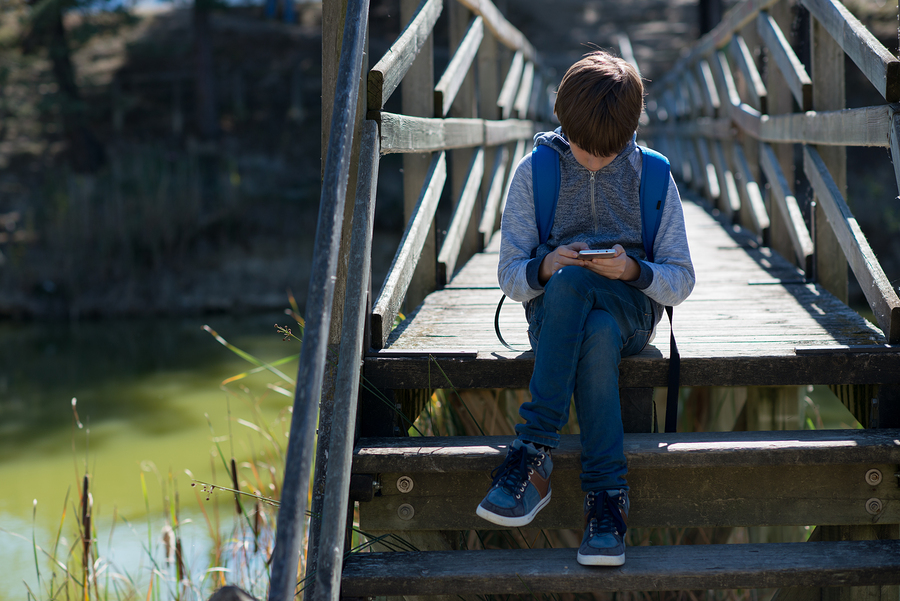In this article we’re going to discuss how to report cyberbullying on Facebook, Twitter, Instagram, Snapchat, YouTube, and Reddit. If you or your child has tried talking to the person who is cyberbullying, tried ignoring them, and tried blocking them, then reporting is the next step.
Before we get into the specifics, here’s a general rule about reporting cyberbullying: document it. Take a screenshot of the comment, direct message (DM), private message (PM), abusive content, or whatever. You may need the evidence later, either for your report or if the cyberbullying continues.
To report comments, pages, profiles, fundraisers, ads, events, questions, and more on Facebook, you want to click the ellipses icon (i.e., the three horizontal dots). This will present you with a range of options. You want to click on Report. A window will pop up asking for more details. From there you can fill it out and submit your report. Note that when you report something on Facebook your name will not be revealed.
When it comes to reporting harassing messages, the process is a little different. You will have to fill out this form. Facebook will need you to provide the name or names of those harassing you, a screenshot and/or text of the messages, and a short account of what’s happening in your own words.
To report a tweet, click the down arrow next to the tweet. To report a profile instead of a tweet, click the gear icon next to the profile. If you need to report a DM, you will have to click the ellipses icon (i.e., three horizontal dots).
For each of these things, the process is the same. Clicking these icons will give you a menu of options. Select Report, and you will be prompted for more details.
You can also fill out this form. The form requires a tweet URL as evidence, a description of the problem, and your email address. If you have screenshots of cyberbullying that has since been deleted, let Twitter know in your description of the event.
To report abusive content on Instagram, you will need to fill out this form. Aside from describing the problem, you will have to provide a link to the photo or video that is abusive. If you don’t have direct access, you will have to get help from someone who does.
If someone is impersonating you on Instagram, you will have to fill out this form. Instagram will have to see a copy of your ID. These are the types that are acceptable. They need to see your name and birthdate. Remember to cover up other sensitive parts of the ID, such as license numbers.
Snapchat
To report a Story or a Snap sent to you, press and hold the Story or Snap until you see the flag icon in the bottom left corner. Tap it, and provide a few details about the problem. To report a user, hold their name, tap the gear icon, and then tap Report.
YouTube
To report cyberbullying on YouTube, you must fill out this form. You will need the username or channel of the person harassing you. This form is for all types of abuse on YouTube, which can include impersonation, hate speech, revealing private information, and more.
Reddit is a large site broken up into smaller forums called subreddits. On Reddit, most harassment is dealt with at the subreddit level. To report harassment or other rule infractions on Reddit, you will have to click the Report button below the comment or PM that is harassing. The report will be made to the moderators of the subreddit in question. Actual Reddit employees, or admins, will not be notified unless many people also report the same problem or user. If you have a serious problem with harassment, scroll to the bottom of Reddit, and click on Contact Us, which is located at the bottom of a column titled Help. From here, click Message the Admins. From here you can report harassment. It is best to include screenshots with your report.
The Bottom Line
Before reporting harassment or cyberbullying you can always hide the type of content you’re seeing or block the person doing the harassing. While this isn’t always an option, it’s often sufficient to solve the problem. Remember, your first step should always be to document every instance the harassment or cyberbullying. That way, if you must escalate, you’ll have evidence on your side.



